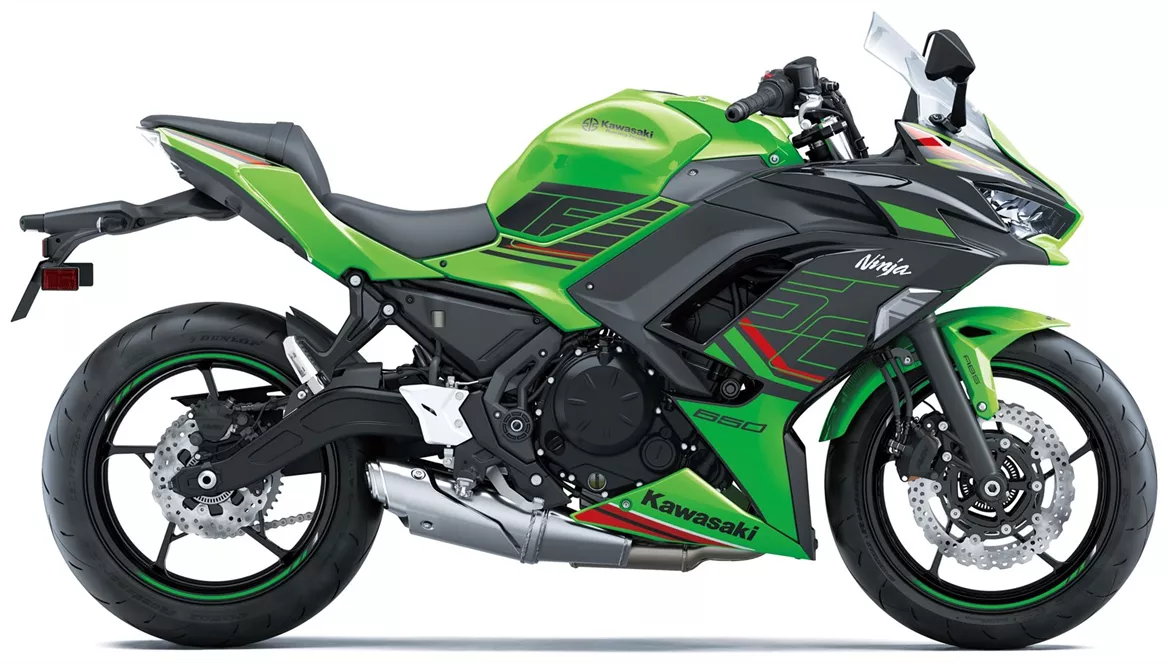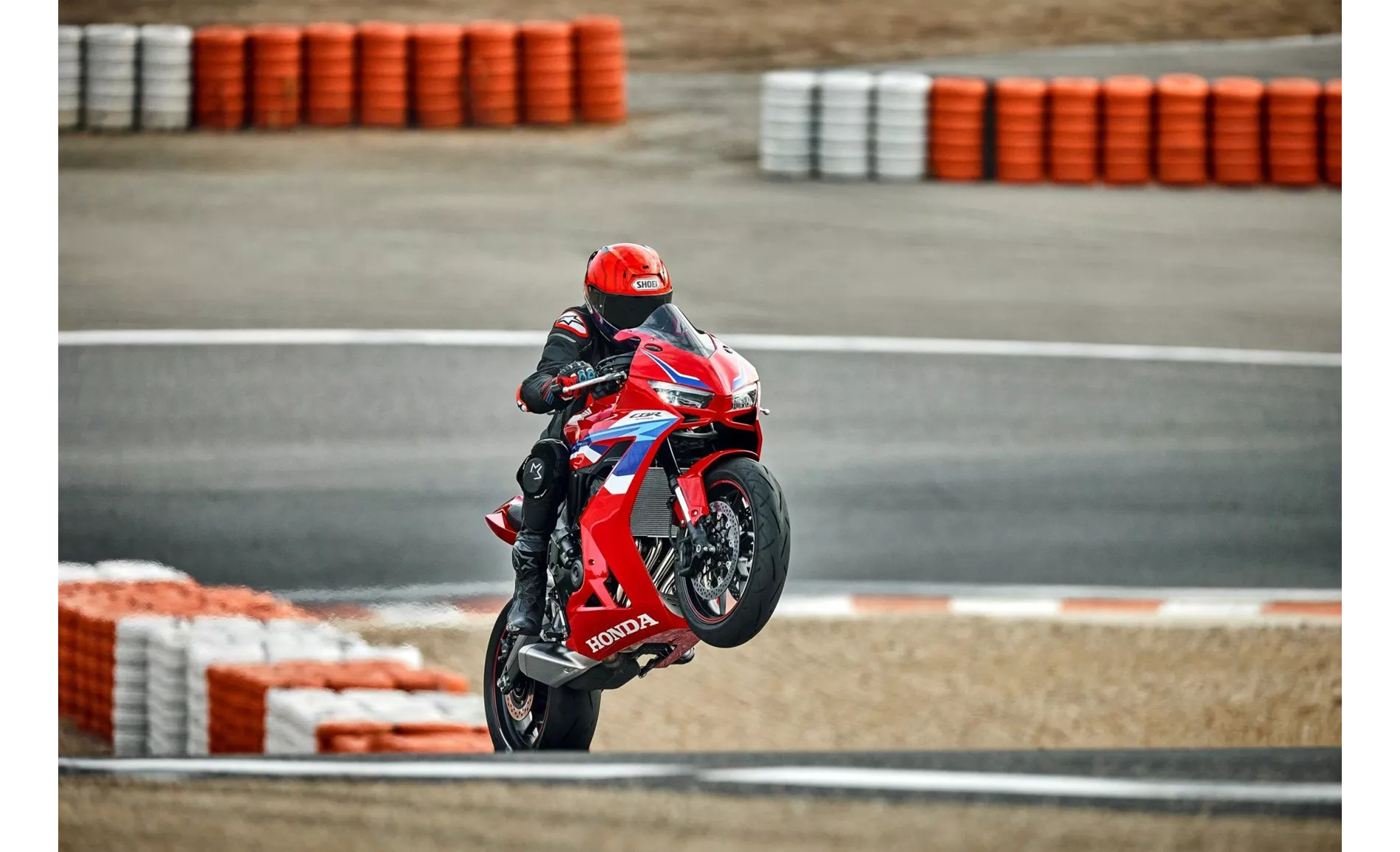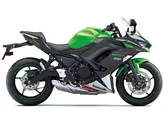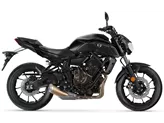Kawasaki Ninja 650 2023 vs. Honda CBR650R E-Clutch 2024

Kawasaki Ninja 650 2023

Honda CBR650R E-Clutch 2024
Overview - Kawasaki Ninja 650 2023 vs Honda CBR650R E-Clutch 2024

Kawasaki Ninja 650 2023

Honda CBR650R E-Clutch 2024
Technical Specifications Kawasaki Ninja 650 2023 compared to Honda CBR650R E-Clutch 2024
Pros and Cons in comparison
Pros and Cons in comparison
Kawasaki Ninja 650 2023

To judge the Kawasaki Ninja 650 purely on its paper form would be a serious mistake. The two-day test showed once again that performance data carries more weight at the pub table than in the wild. Kawa's sports tourer does exactly what it is supposed to and, thanks to the constant revision and the new features added for 2023, is still an enrichment for the class. Only hobby racers should be warned, as the name Ninja still stirs up a certain expectation that the 650 does not fully meet.
Honda CBR650R E-Clutch 2024

The Honda CBR650R is a great mid-range supersports bike for the country road, which manages the balancing act between sportiness and accessibility very well. But other bikes in this class also manage this. What makes the CBR special is the old-school in-line four-cylinder engine at its heart. You won't win any acceleration races with it, but the in-line four inspires with its silky power delivery and screaming revviness in the upper rev range. And with the new E-Clutch technology, you can get the most out of the engine with crisp gear changes and massively increase comfort in city traffic thanks to the electronic operation of the clutch.

















